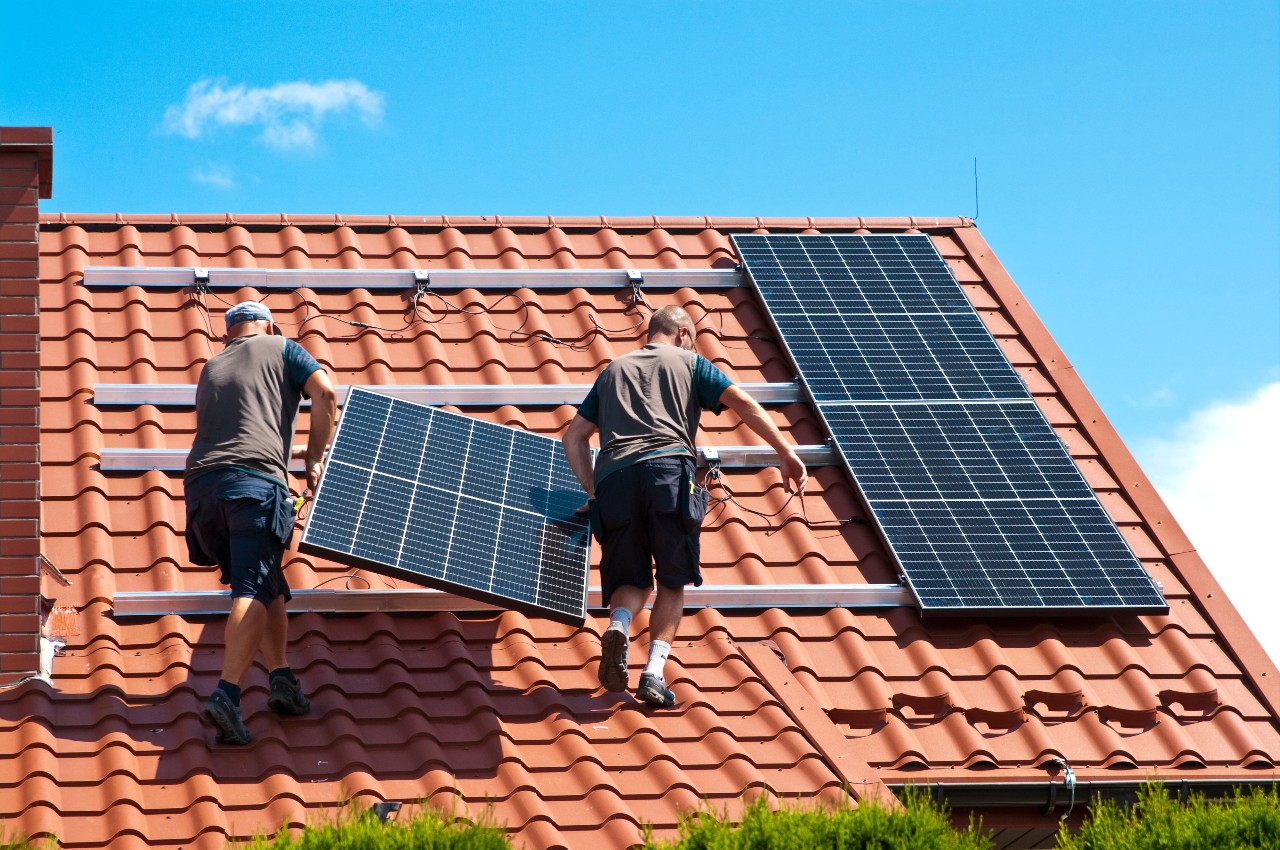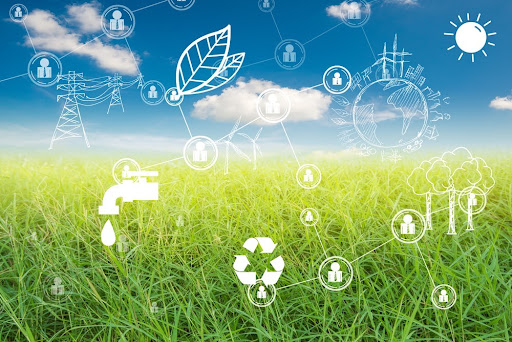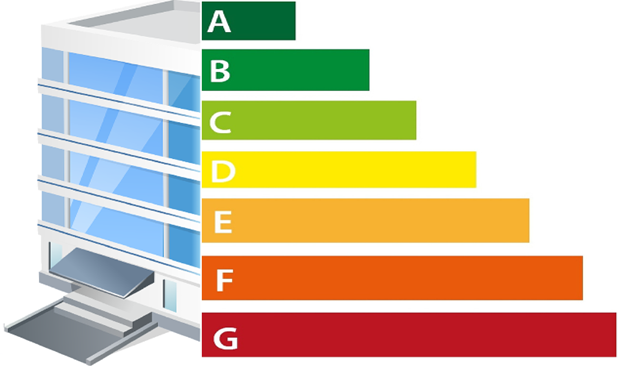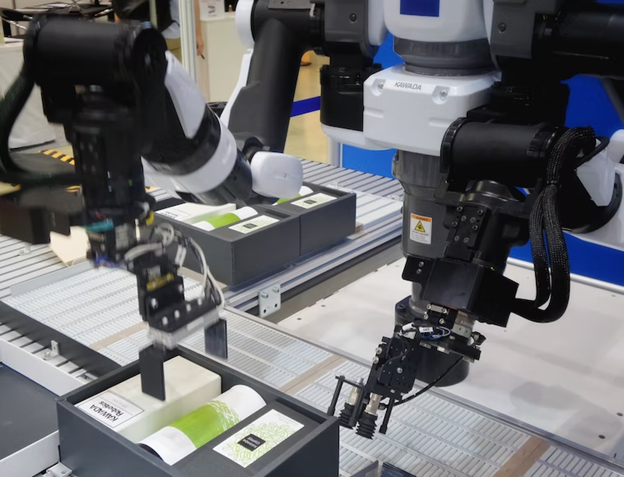Types of Waste That Can Be Turned Into Energy

Since the industrial revolution, waste has been a major environmental issue worldwide. Wastes are materials we don’t need and thrown as trash. Europe creates over 1.8 billion tonnes of wastes each year. In Australia, 50 million tonnes of waste is generated each year. According to the UK Statistics on Waste, UK generated 202.8 million tonnes of waste in 2014.
Despite the rise in ESG investing, the total volume of waste is continuing to rise and have a negative impact on the environment. But, we can turn these tonnes of trash into treasure by turning them into energy.
Waste to energy is the process of producing thermal energy from the organic waste. Most wastes to energy processes produce electricity or heat energy directly through combustion.
Types of Waste
Waste can be solid or liquid. Both types of waste can be hazardous. Liquide waste can come in non-solid form. Examples of liquid waste include wash water, liquid used to clean in industries. On the other hand, solid waste is any garbage and rubbish we make at our home or any places. Examples of solid waste include car tyres, newspapers, broken glass, broken furniture and even food waste. Hazardous or harmful waste is a threat to human health and environment. This type of waste can easily catch fire, explode and be poisonous to human health. Example of these types of waste are chemicals, mercury-containing equipment, fluorescent bulbs, battery etc.
Turning Waste into Energy
The wastes we are producing every day can be turned into something good. Such as electricity, heat or fuel. The solid wastes can be converted into gas to produce energy. We can generate electricity by burning solid waste found in the landfills. A community must have a waste to energy facility that incinerates garbage and transforms chemical energy into thermal energy.
The following methods are used to turn waste into energy
The most common technology for waste to energy conversion is incineration. In this process, the organics collected from the waste has burnt at a high temperature. This type of treatment is called thermal treatment. The heat generated from this thermal treatment then used to create energy.
Depolymerization
This technology uses thermal decomposition in the presence of water. In this process, organic compounds from waste are heated at a high temperature to create thermal energy. In this process, we can generate fossil fuels from the waste. The process of thermal decomposition is also called Hydrous Pyrolysis.
Gasification
This a developing process to create energy from waste. In this process, carbonaceous substances are converted into carbon dioxide, carbon mono oxide and a small amount of hydrogen at a high temperature in the presence of oxygen. In this process, Synthesis gas is generated which is a good means of alternate energy. Synthesis gas is then used to produce electricity and heat.
Pyrolysis
This process is widely used in the industrial process to create energy from waste. This is like Hydrous Pyrolysis. Unlike Hydrous Pyrolysis, Pyrolysis process uses organic or agricultural waste from industries.
Plasma Arc Gasification
In this process, a plasma torch is used to ionize gas which is generated from compressing the waste. Syngas or Synthesis gas then used to produce electricity.
The methods of turning waste into energy is an emerging and innovative development of technologies aimed to create a better and sustainable environment. Waste to energy technology is developing day by day and we can save our ecosystem by adopting this technology. It can also solve the energy problem of the world. Though the scale of energy generation using waste to energy method is still small right now, it can be a great energy solution in the near future.
Author Bio
David Nicoll is a freelance writer and an independent blogger who writes about waste management, recycling and sustainable living related niches like Metropolitan Transfer Station. Connect with him via Twitter.



















